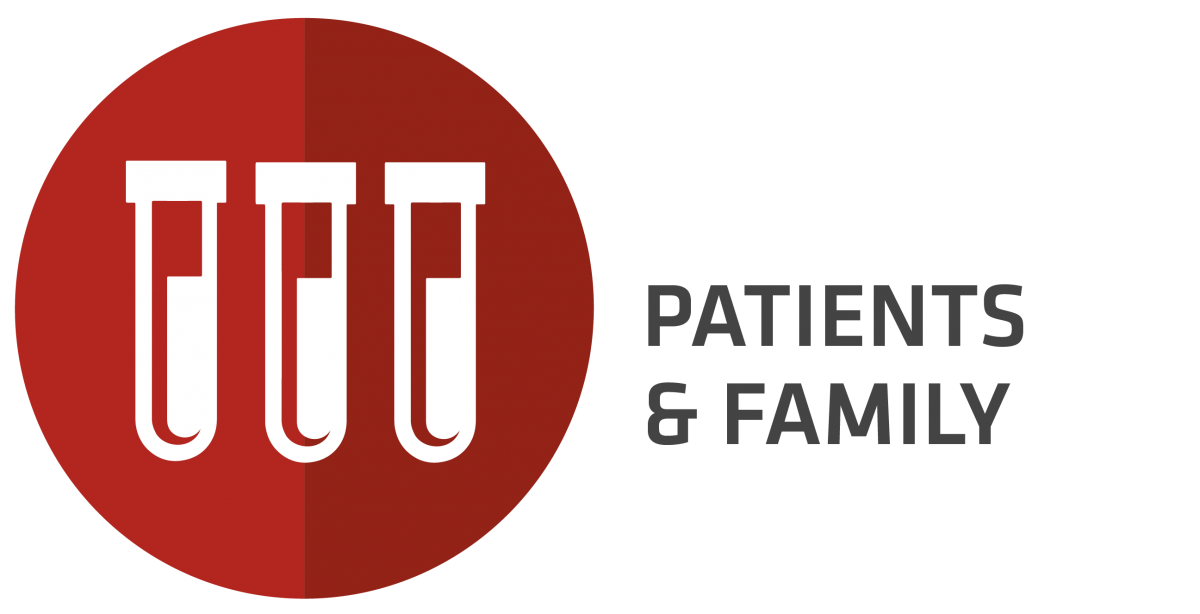Patients & Family
Venous thromboembolism, or VTE, refers to blood clots in the venous circulation. VTE includes both deep vein thrombosis and pulmonary embolism.
Deep vein thrombosis, or DVT, occurs when a blood clot is formed in the veins of the lower extremity. The most common symptoms are swelling, pain, feeling of heaviness and redness of the leg.
Pulmonary embolism, or PE, occurs when a piece of the DVT breaks off and travels to the lung along the veins. The most common symptoms include chest pain, shortness of breath, lightheadedness and possibly coughing up blood.
VTE can be caused by surgeries, broken bones, prolong immobilization, hormone uses and cancer. Other uncommon causes are inherited clotting tendencies and abnormal compression of the veins. Sometime a particular cause cannot be identified.
Patients with VTE should be seen by a physician urgently and started on treatment as soon as possible.
For additional information, see the links below or visit the Thrombosis Canada website for more detail on the different topics of VTE.




